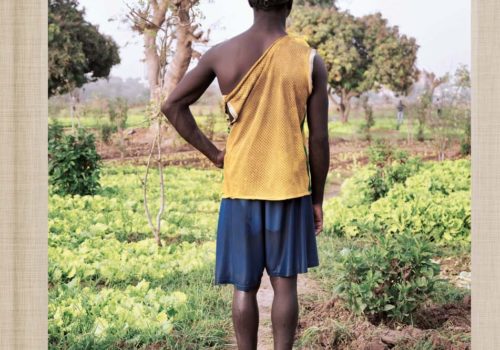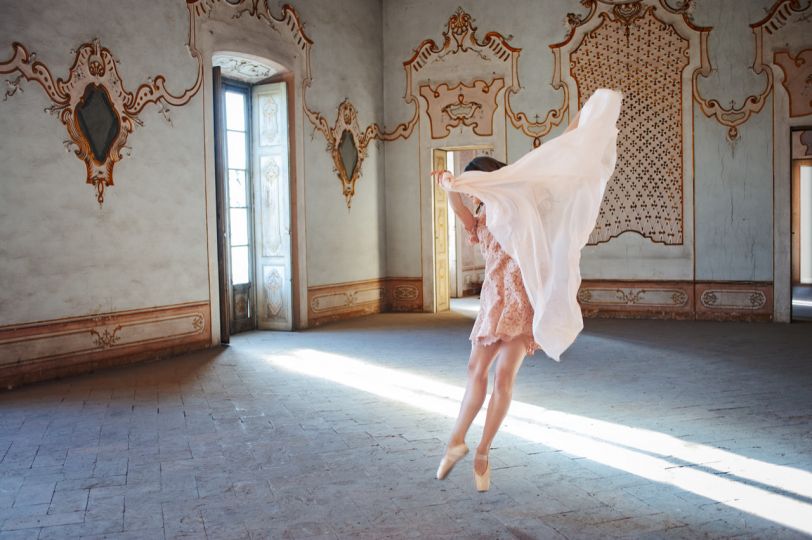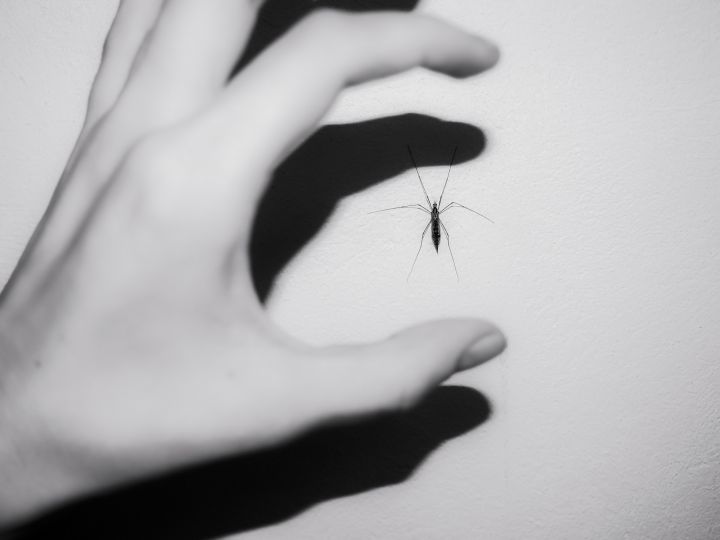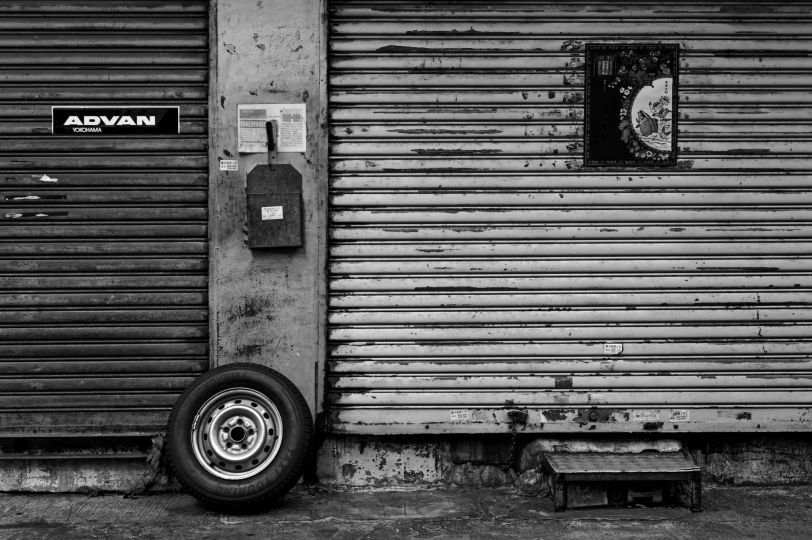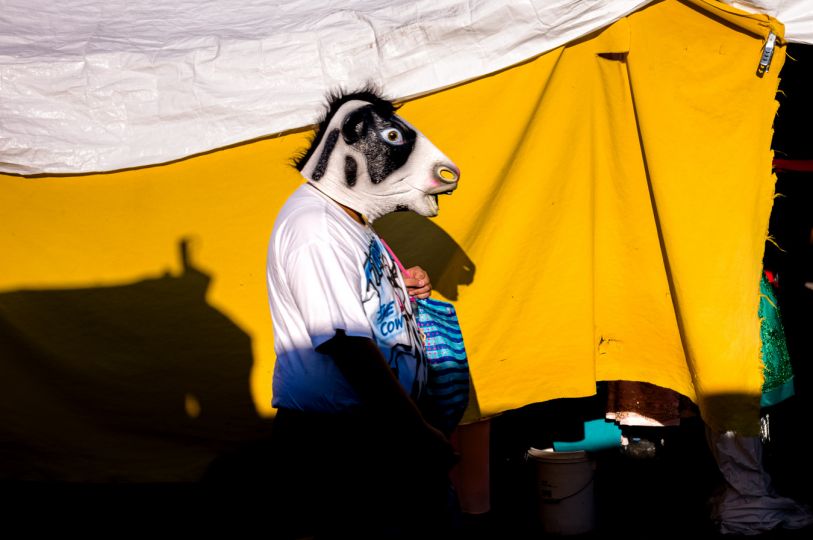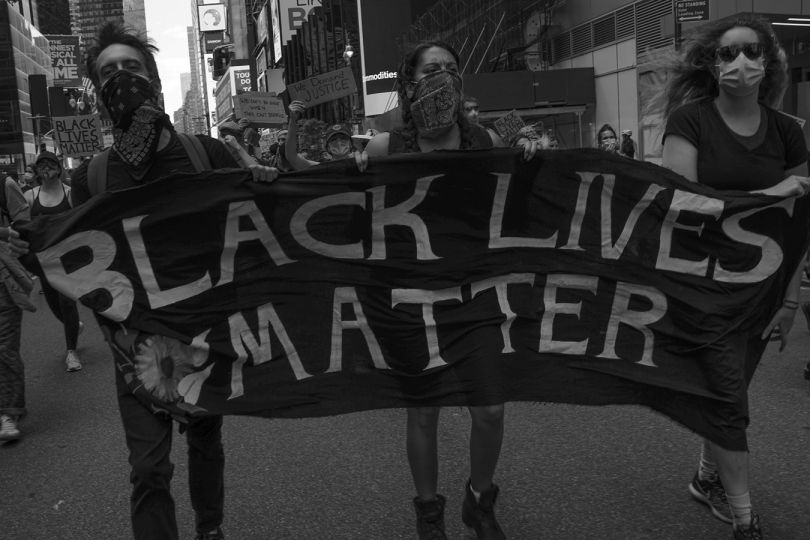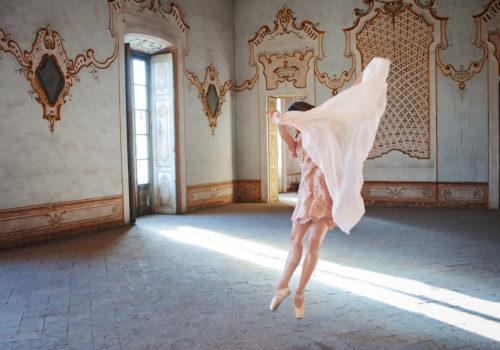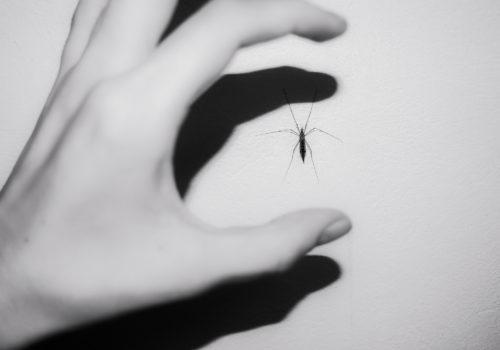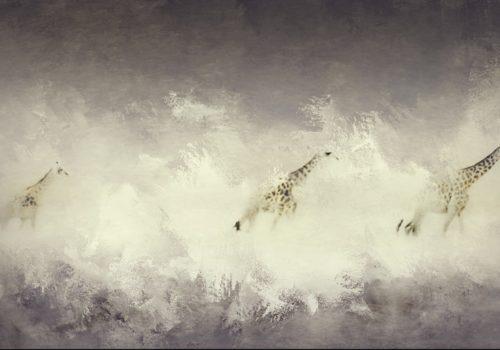The Republic of Niger, the largest nation in West Africa, ranked 186 of 187 on the United Nations’ Human Development Index for 2011. With over 80 percent of its land covered by the Sahara desert, the country’s predominantly Islamic population of 15 million is mostly clustered in the far south and west of the nation. The capital city of Niamey is located here, situated on the Niger River, the third longest river in all of Africa.
As photographer Nicola Lo Calzo writes in the afterword of his book Inside Niger (Kehrer Verlag), “The origin of the name Niger has proved enigmatic among modern researchers, and thus cannot be traced with certainty. The most accepted hypothesis is that the name derives from the Tuareg word: ‘gber-n-igheren’ or ‘river of all rivers’…. Since time immemorial, the Niger River has been a meeting point and a place of exchange among various ethnic groups. A genius loci, the river has served as a depository of myths and legends, as well as being the abode of great deities like Ba Faro (mother of humanity) and the all-important Noun. The Niger River is a fountain of living waters and a breath of life.” And so it was that Lo Calzo began to photograph the people of Niger as he followed the river some five hundred kilometers through the land.
Lo Calzo photographed people that work and live on the river, where most of the commercial activities take place, such as universities, public works, markets, fishing, slaughterhouses, vegetable gardens, and tanneries. The portraits show us people who are employed in a nation known by its high rates of unemployment, thus giving us a glimpse at the haves in a world of have nots, ensuring we understand how vital work itself is to the pride and identity of (wo)man.
The result is at once powerful and provocative, challenging any and all assumptions about Africa as anything other than a majestic world. As Laura Serani notes in her introduction to the book, “Lo Calzo’s empathy and respect towards his portrait models transforms them into heroes; a transformation that echoes the words of the Italian journalist Pietro Veronese: ‘No, all men are not equal; yes, races do exist and are divided between inferior and superior. Superior to all is the African.’”
Lo Calzo’s photographs reveal the heroism of a people living on the brink, caught in a web of poverty and environmental degradation that keeps them in harms way. Yet despite a quality of life that is virtually unfathomable to all in the first world, the people photographed by Lo Calzo maintain a dignity that belies their circumstances. Each portrait reveals only the subject’s first name and their location, bringing us face to face with the people who defy all odds by simply surviving in a nation facing constant hardship.
Most of Lo Calzo’s subjects are men of various age, and as they stand before his camera we witness a pride of being that challenges commonly-held Western perceptions of gender, class, and race as it pertains to the African man. Whether a rector of the Catholic Church, clothed in the finery begetting his position, or workers in a slaughterhouse, covered in layers of blood, the men stand before Lo Calzo as they are, with a strong, silent, and somber masculinity that demands our attention.
Respect come when respect is earned, and when it is given it is returned ten thousand fold. The men who stand before Lo Calzo like a mirror facing itself, and the honor and prestige bestowed upon the most common of men resonates like nothing else. His portraits recall nothing so much as the Biblical passage Matthew 20:16, “So the last shall be first, and the first last for many are called, but few are chosen.”
Lo Calzo portraits show us that though we can never fully know what fortune has bestowed upon us, when we look into the eyes of his subjects we can see all that we have been given—and all that has been lost.
Miss Rosen

